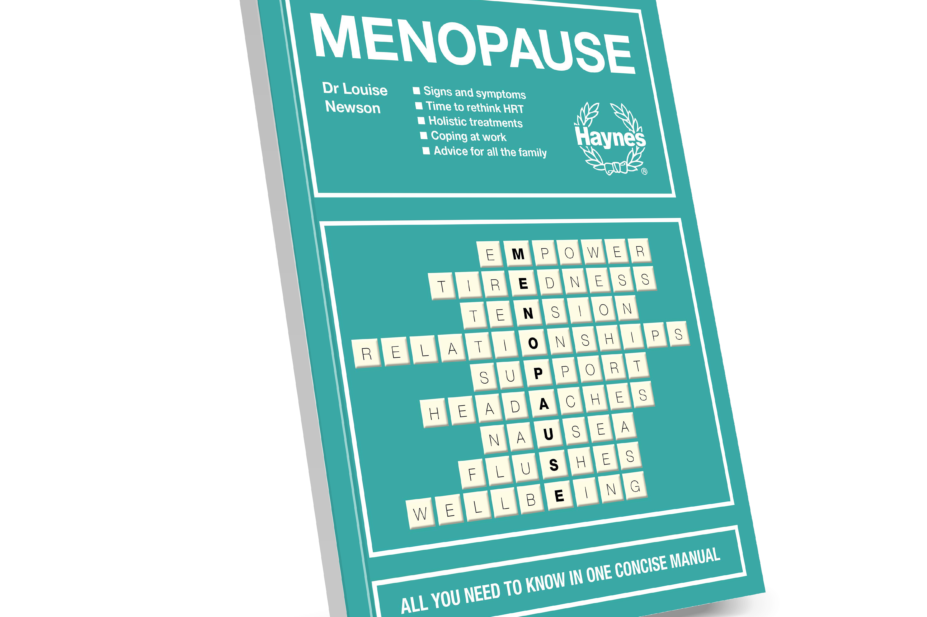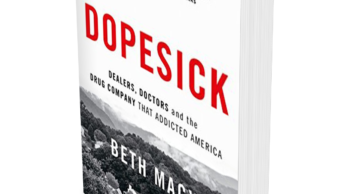
The menopause is a natural process that occurs in females from the age of around 50 years. For some, the menopause is a smooth transition that does not present any difficulties, but many are far less fortunate — up to three-quarters of women are estimated to experience vasomotor symptoms, such as hot flushes and night sweats.
In 2002, the use of hormone replacement therapy (HRT) to manage menopausal symptoms began to fall out of favour with clinicians and patients after media reports highlighted negative findings from the Women’s Health Initiative randomised controlled trial. The study results suggested that HRT offered no cardiovascular benefits and increased the risk of breast cancer. Over subsequent years, a reduction in prescribing of HRT has left many women symptomatic but without a treatment option.
There is a clear need for reliable information on the menopause and the risks and benefits of managing it with HRT. This book by Louise Newson, a menopause specialist and GP, provides much-needed clarity on a topic that has been mired in confusion.
The book is divided into seven chapters and each provides clear, concise answers to questions that women may have about the menopause. It begins with a summary of the main menopausal symptoms, which are not solely related to the body — many women also experience psychological symptoms, such as mood changes, as well as tiredness and insomnia.
The chapter on HRT begins by dispelling many of the myths that have arisen around its use, such as “you can’t take HRT if you have migraines” or “you can’t take HRT and vaginal oestrogen together”. Both statements are false and, as Newson explains, migraine sufferers should opt for HRT patches or gels, rather than oral treatment. The author provides a balanced overview of the benefits and risks of treatment, with an easy-to-follow table listing the pros and cons of different HRT formulations.
Hot flushes and night sweats are commonly managed in primary care with the antidepressants clonidine and gabapentin. While these drugs can help to alleviate symptoms, Newson makes the point that antidepressants are often incorrectly prescribed (against guidance from the National Institute for Health and Care Excellence [NICE]) to manage the menopause-related mood changes for which such drugs are not usually effective. And while these drugs may help to relieve vasomotor symptoms, their use is often limited by side effects.
The book also takes a look at alternatives such as cognitive behavioural therapy and herbal treatments, such as St John’s wort and black coshosh, and quotes NICE’s verdict on these options: while there is some evidence to support the use of these remedies, the potential for drug interactions, and the existence of multiple formulations, give some uncertainty about their safety.
Managing the menopause transition is not all about drug therapy; a later chapter discusses the importance of lifestyle changes such as increasing levels of exercise, quitting smoking and a ‘menopause-friendly’ diet. There is also advice on how to get the most out of a GP appointment, dealing with symptoms at work, the importance of making sure loved ones understand what is happening during the menopause and dealing with the potential loss of libido.
Although the guide is written for patients, there are plenty of references to back up the information provided. Newson’s writing style is engaging and, given the current shortages of many HRT products, this book acts as a valuable and accessible resource on the menopause that pharmacists will find useful in any discussions with patients who might seek advice on how best to manage their symptoms.
Rod Tucker
References
Newson L. Menopause. Pp 121. Somerset: Haynes; 2019. ISBN 978-1-78521-643-8


